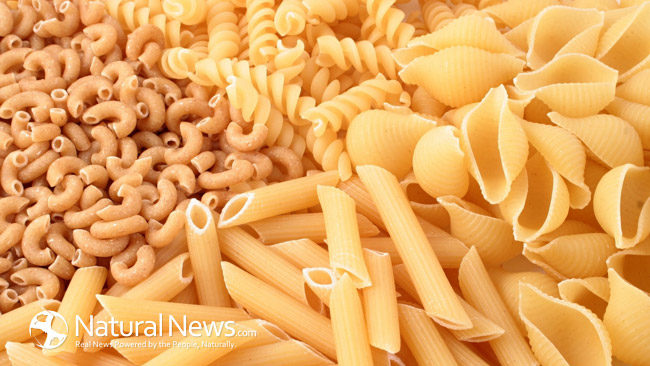Pasta is one of those foods that gets a bad reputation but remains a popular staple of the American diet. The truth lies in type, what you have with the pasta, and the quantity you are consuming. The traditional restaurant’s serving size for your dish is nearly 4 servings which is well over the amount you should or even need to have in one meal. Pasta can be part of a healthy diet, but we don’t associate spaghetti and meatballs on a tiny plate. It is high in carbohydrates so that is the concern when overeating.
Noodles are made up of eggs, durum wheat, and water. Not much to it. They are shaped in various types and cooked in boiling water. Most noodles are made from common wheat, but there are now other variations made of barley, rice, or buckwheat. Sometimes in the process of making noodles they’re refined which strips many of the nutrients. Because of this, some noodles are enriched with iron and/or B12 vitamins. Whole-grain noodles are becoming more popular. There are many selections to choose from which include penne, tortellini, macaroni, orzo, ravioli, fettuccine, and spaghetti. We really do have to consider how much we are eating at one time.
In 100 grams of pasta there are 288 calories and 55 grams of carbohydrates. This means that if we had a couple servings of pasta, in just that that one meal alone we are having nearly 100 grams of carbs. We know we still have other carbs in our diet that day. That’s not to say that carbohydrates are all bad, but it’s the excessive amount we eat that eventually gets stored as fat. You can have pasta and have a healthy diet, but you have to read labels, stick to appropriate servings, and be mindful of what the pasta has for toppings. Keep in mind that ½ cup of marinara sauce has about 580 mg of sodium, The daily allowance is 2300 mg. Most people aren’t conservative with sauces and probably have well over 1 cup of it. There are other sauces, oils, sausages, and toppings that are packed with taste but can pack on the calories and fat we don’t need.
One serving of pasta might seem like a tease in a world where we are told to go for the second serving. Food is love and the more we eat of someone’s cooking, the more they feel appreciation for the meal they have served. You can have pasta and keep within reason, but don’t fool yourself if you know your willpower will falter. It may not be the meal you order or the dinner you cook. Noodles just have that feel good, taste good, goes with anything, nature about them. It’s hard to turn down a big bowl of yummy pasta.
Pasta’s History and Role in Healthful Diets : Nutrition Today (lww.com)
Nutritional and Technological Quality of High Protein Pasta – PMC (nih.gov)Effect of pasta in the context of low-glycaemic index dietary patterns on body weight and markers of adiposity: a systematic review and meta-analysis of randomised controlled trials in adults | BMJ Open








